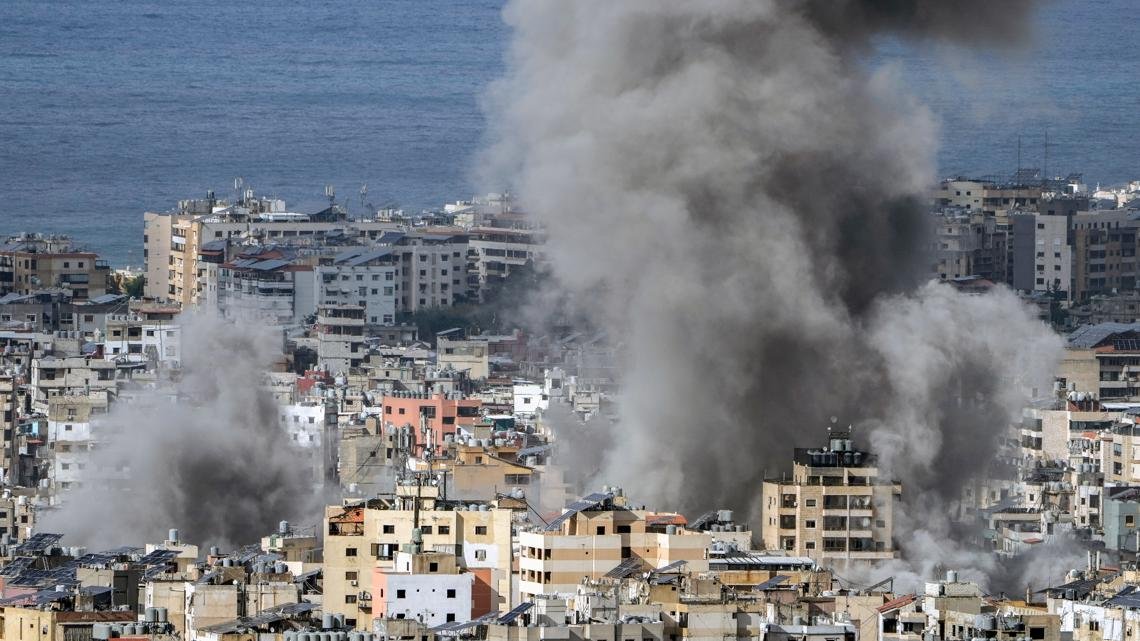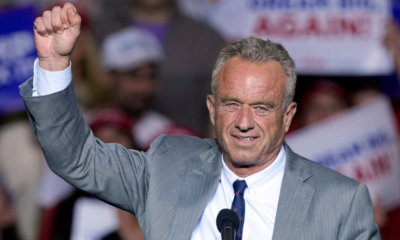cct-tracking
Ceasefire Talks Stalled: The Impasse in the Israel-Hezbollah Conflict

Ceasefire negotiations between Israel and Hezbollah face several complications despite an apparent readiness for an agreement. Diplomats indicate that both sides are addressing multiple sticking points linked to the ongoing conflict.
Israel has reportedly targeted key Hezbollah leaders, yet missile exchanges persist, as Hezbollah continues to launch rockets into Israeli territory. The pressure mounts for the Israeli government as thousands evacuated from border areas seek to return home amidst escalating tensions that threaten regional stability.
A recent U.S. mediator’s visit coincided with Israeli airstrikes in central Beirut, prompting Hezbollah to respond with significant rocket fire. This ongoing back-and-forth has occurred since the initiation of hostilities following the Hamas-led attack on Israel on October 7, 2023.
As the violence continues, over 3,500 casualties have been reported in Lebanon, predominantly among civilians. Israeli casualties stand at more than 70, with a substantial number of civilians and military personnel affected by the conflict.
The proposed ceasefire suggests an initial two-month halt to hostilities during which Israeli forces would withdraw from Lebanon. In tandem, Hezbollah would cease military operations south of the Litani River, allowing for increased Lebanese army presence in the region.
The agreement would also establish an international committee to oversee the implementation of the ceasefire and to address U.N. Security Council Resolution 1701, enacted in 2006 but never fully enforced. Concerns remain about the viability of any potential deal, given historical precedents.
Israeli officials demand stronger guarantees for the disarmament of Hezbollah near the border. They stipulate that any ceasefire must allow for military action if Hezbollah is perceived to violate the terms. Lebanese officials argue that such conditions infringe on their sovereignty, complicating discussions.
Recent developments indicate a potential softening of Israel’s stance towards including France on the monitoring committee, despite Lebanon’s initial hesitations regarding British involvement. Nonetheless, Lebanon’s acceptance of France remains unclear.
Both parties exhibit strong motivations to conclude negotiations to avert a broader regional conflict. A ceasefire could notably ease tensions instigated by Iran’s proxy forces, while also addressing fears of spillover into adjacent nations like Syria and Iraq.
Hezbollah’s military capacity, albeit diminished, continues to inflict damage on Israeli territories, exemplified by a recent barrage that injured several individuals. As hostilities persist, Israel aims to pave the way for the safe return of its displaced citizens.
In Lebanon, a quarter of the population faces displacement, with substantial infrastructure damage reported across affected regions. While there was initial optimism following discussions, prospects for a substantial agreement now appear dim, especially ahead of the upcoming U.S. presidential transition.


















